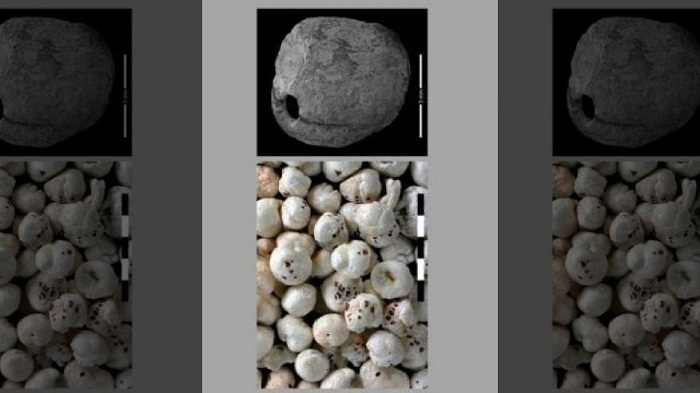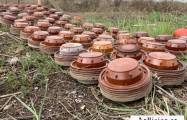Ancient plants in Israel give clues about real `Paleo` diet

Now they’re giving scientists an opportunity to study the plant-based diet of prehistoric humans from the Pleistocene age.
The remains of the plants, many of which are considered extinct, were found during an archaeological excavation at Gesher Benot Ya`aqov. The damp conditions and lack of oxygen at the waterlogged site under the Jordan River and Lake Hula preserved the plant remains for hundreds of millennia.
"This region is known for the wealth of plants, but what surprised us were the sources of plant food coming from the lake,” Dr. Yoel Melamed of the Faculty of Life Sciences at Bar Ilan University, said in a statement. “We found more than 10 species that existed here in prehistoric times but no longer today, such as two types of water nuts, from which seven were edible."
Among the remains were 55 species of edible plants, including seeds, fruits, nuts, leaves, stems, roots and tubers.
"In recent years,” said Naama Goren-Inbar, a professor at the Institute of Archeology at the Hebrew University of Jerusalem, “we were met with a golden opportunity to reveal numerous remains of fruits, nuts and seeds from trees, shrubs and the lake, alongside the remains of animals and human-made stone tools in one locality."
Gesher Benot Ya`aqov is also where Goren-Inbar found the earliest evidence of the use of fire in Eurasia.
"The use of fire is very important because a lot of the plants are toxic or inedible,” Goren-Inbar said in the statement. “Using fire, like roasting nuts and roots for example, allows the use of various parts of the plant and increases the diversity of the plant component of the Acheulian diet, alongside aquatic and terrestrial fauna."















































